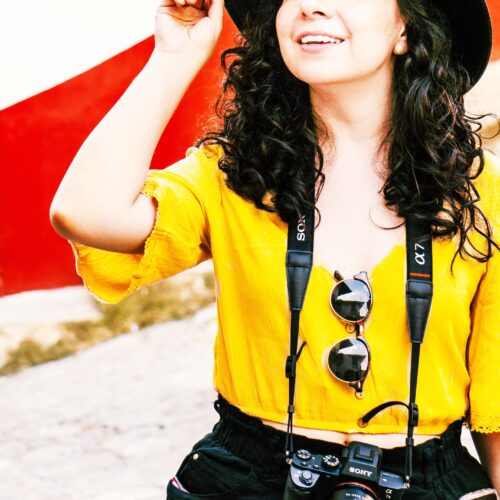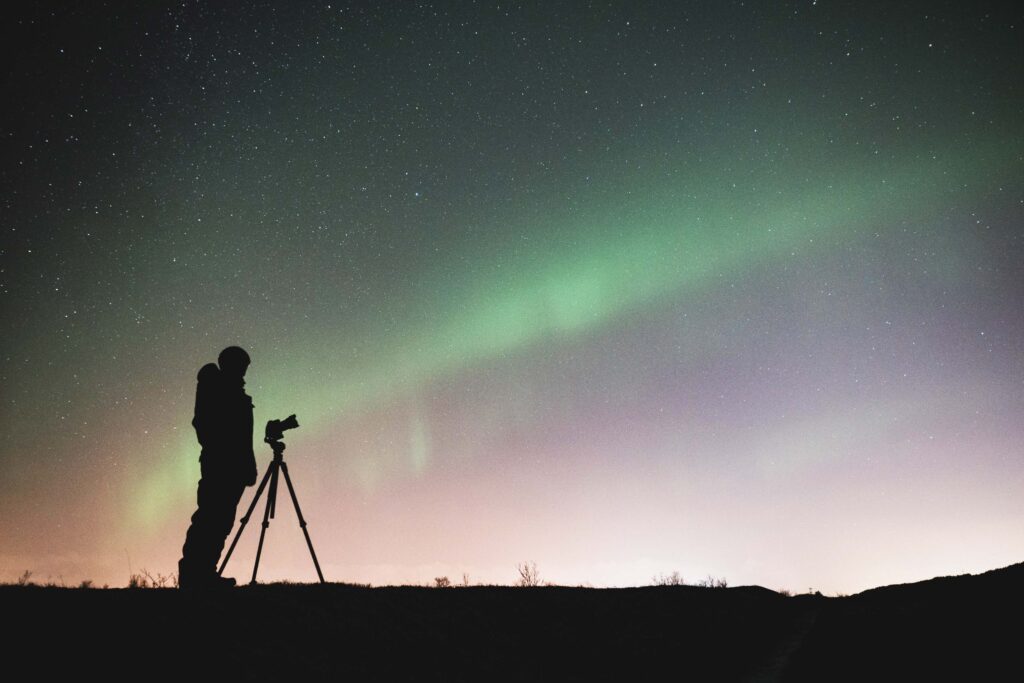 Capture the Travel Magic of Iceland’s Photogenic Locales: Top Photography Spots and Tips for Your Icelandic Journey
Capture the Travel Magic of Iceland’s Photogenic Locales: Top Photography Spots and Tips for Your Icelandic Journey
Embarking on a visual odyssey through Iceland, a land of awe-inspiring natural wonders promises an immersive journey for any avid photographer. For three days, this iTinerary unveils the country’s most photogenic treasures, from the vibrant streets of Reykjavik to the surreal landscapes of Vatnajokull National Park.
Each day is carefully curated to provide unparalleled opportunities to capture the essence and grandeur of Iceland‘s diverse terrains, waterfalls, glaciers, geysers, and more.
Join us as we venture into a world where every snapshot tells a story of Iceland’s unparalleled beauty.
Day 1: Reykjavik and Golden Circle
Morning: Reykjavik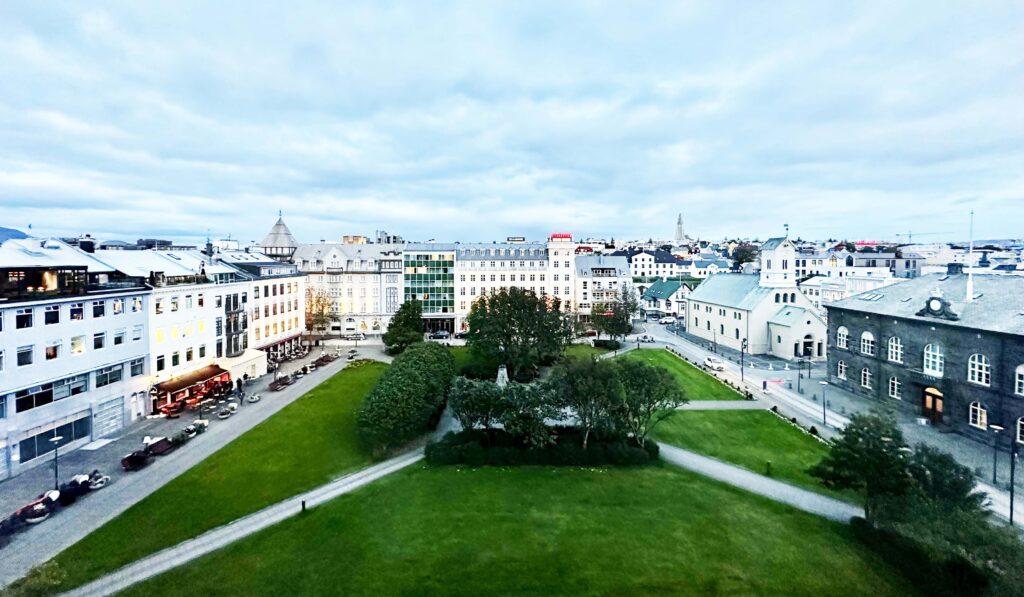
-
- Start your day by exploring Reykjavik, Iceland’s capital. For some urban photography, capture the colorful buildings along the Old Harbor and the iconic Hallgrímskirkja church.
Afternoon: Thingvellir National Park
-
- Head to Thingvellir National Park, a UNESCO World Heritage site, for breathtaking rift valley landscapes. Photograph the Almannagjá Gorge and the Öxarárfoss waterfall.
Evening: Geysir Geothermal Area
-
- Visit the Geysir Geothermal Area to capture the famous Strokkur geyser erupting. The geothermal features provide unique photo opportunities with the steam and vivid colors.
Night: Gullfoss Waterfall
-
- End the day at Gullfoss Waterfall, capturing the majestic cascades in different light conditions, especially during the golden hour and twilight, for stunning shots.
Day 2: South Coast and Jokulsarlon Glacier Lagoon
Morning: Seljalandsfoss and Skogafoss Waterfalls
-
- Start the day at Seljalandsfoss and Skogafoss waterfalls for incredible shots. Explore different angles and lighting to capture the waterfalls in their best form.
Afternoon: Reynisfjara Beach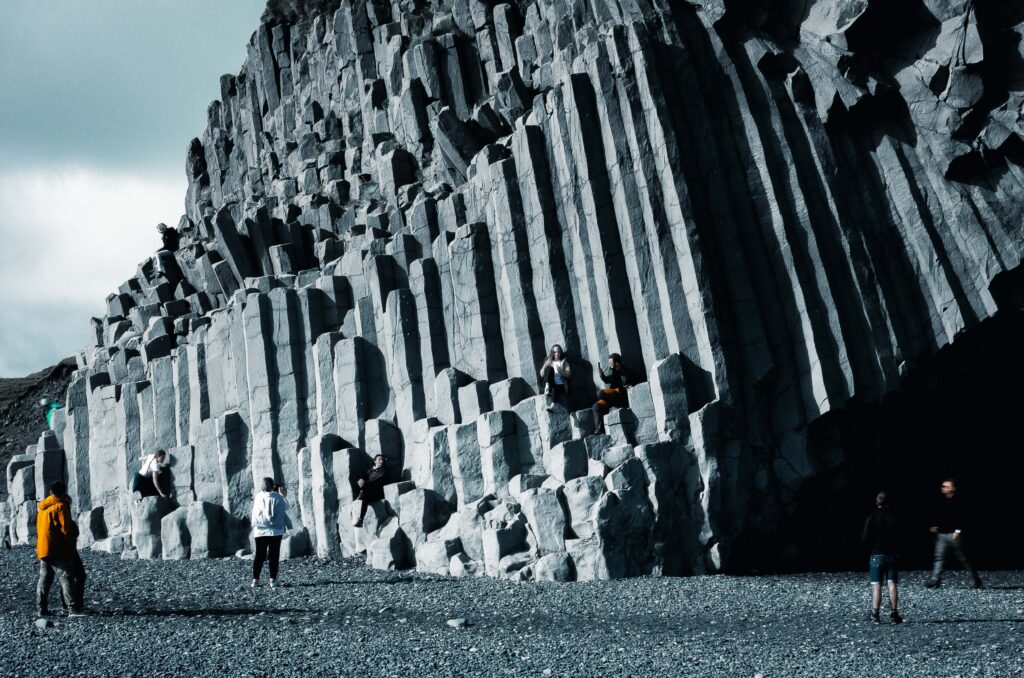
-
- Visit Reynisfjara Beach, famous for its black sand and basalt columns. The contrast between the black sand, crashing waves, and the Reynisdrangar sea stacks is perfect for photography.
Evening: Fjaðrárgljúfur Canyon
-
- Photograph Fjaðrárgljúfur Canyon during the golden hour. The canyon’s unique formations and the winding Fjaðrá River make for an ethereal setting.
Night: Jokulsarlon Glacier Lagoon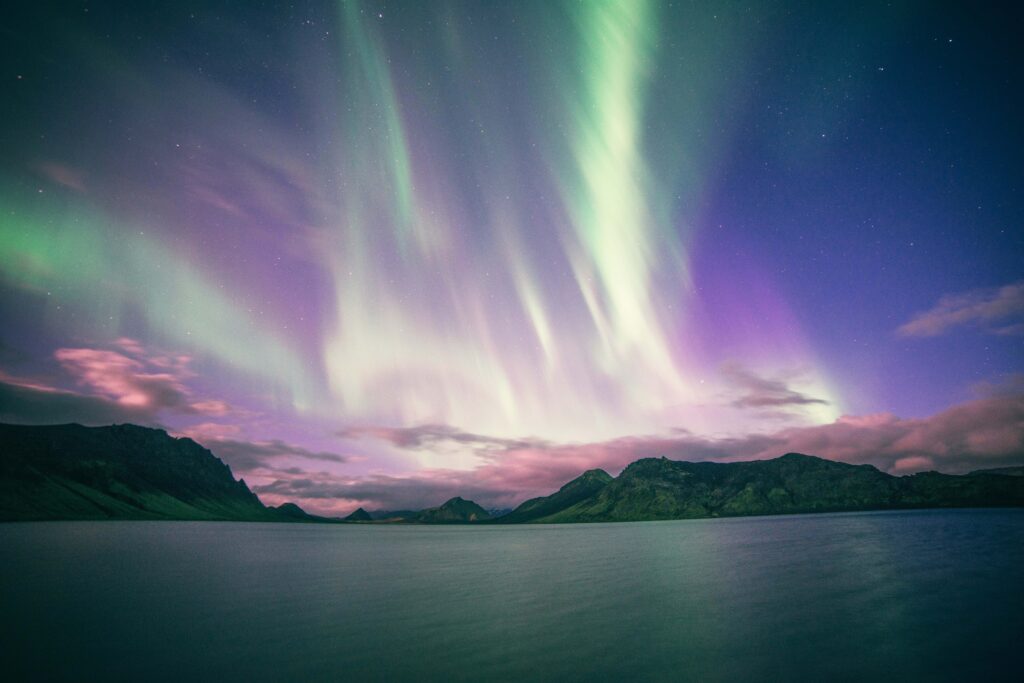
-
- Capture the Jokulsarlon Glacier Lagoon under the Northern Lights (if in season). The glowing icebergs against the backdrop of the aurora borealis create a magical scene.
Day 3: Vatnajokull National Park and Blue Lagoon
Morning: Vatnajokull National Park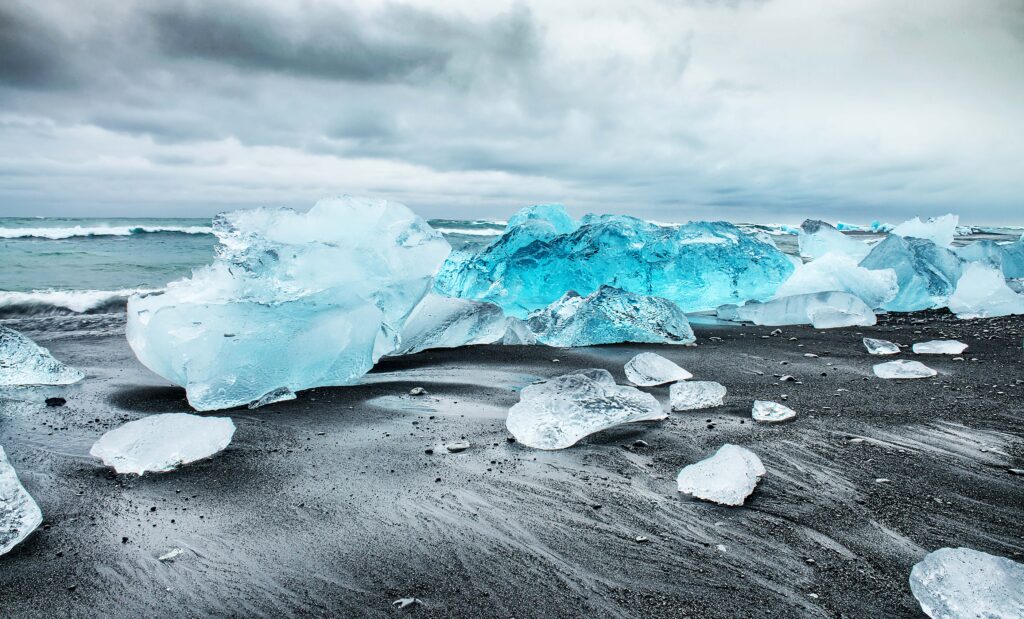
-
- Visit Diamond Beach, adjacent to Jokulsarlon Glacier Lagoon. Photograph the glittering icebergs on the black sand beach, creating a beautiful contrast.
Afternoon: Diamond Beach
-
- Explore Vatnajokull National Park, capturing the Vatnajokull glacier and the surrounding landscapes. The diverse terrain offers ample opportunities for stunning nature photography.
Evening: Blue Lagoon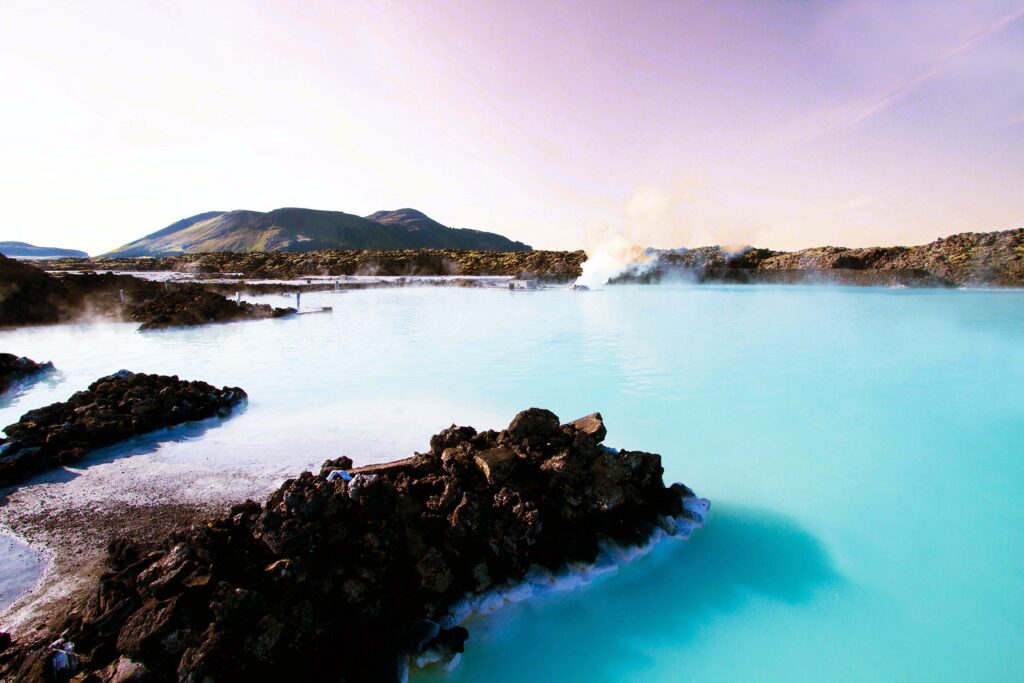
-
- End your trip at the Blue Lagoon, capturing the milky blue waters against the lava rocks. The sunset and the geothermal steam provide a unique atmosphere for photography.
TIP: Remember to consider weather conditions and seasonal variations for the best photographic experience. Enjoy your photography adventure in Iceland!
Did you know?
Renowned landscape photographer Ansel Adams, celebrated for his iconic black-and-white compositions of the American West, also left an indelible mark on Iceland’s picturesque landscapes.
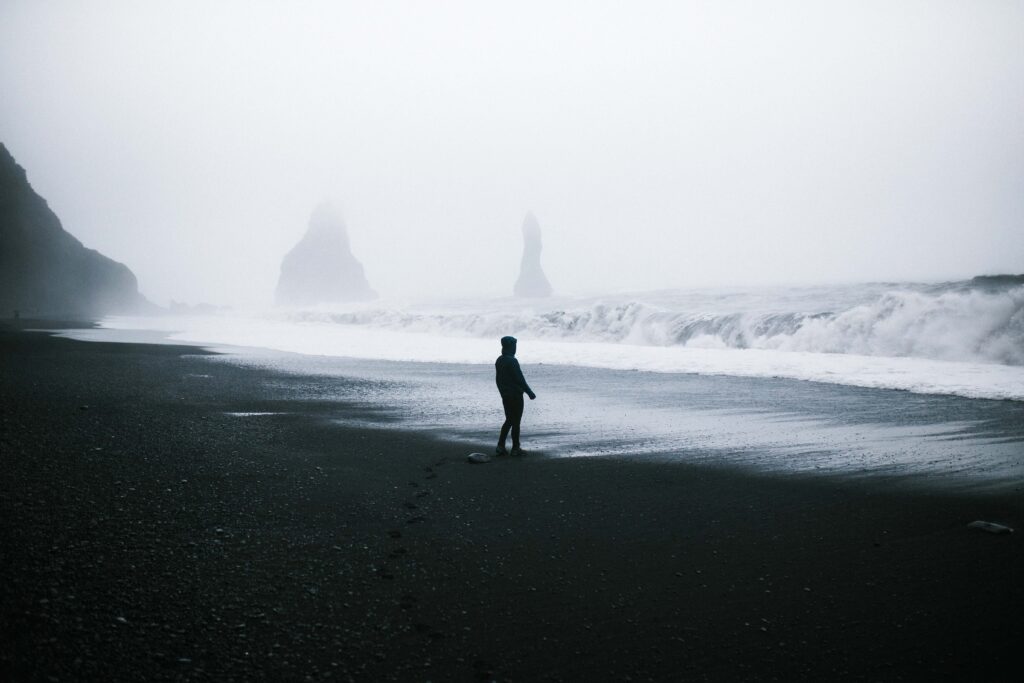 In 1977, Adams ventured to Iceland, captivated by its otherworldly beauty. Through his lens, he immortalized the stark contrasts of glaciers and volcanic terrain, the ethereal dance of the Northern Lights, and the sheer natural drama of this island nation.
In 1977, Adams ventured to Iceland, captivated by its otherworldly beauty. Through his lens, he immortalized the stark contrasts of glaciers and volcanic terrain, the ethereal dance of the Northern Lights, and the sheer natural drama of this island nation.
His masterful use of light and shadow showcased Iceland’s grandeur, underscoring its place in breathtaking photographic destinations.
A little history:
Iceland, an island nation in the North Atlantic, boasts over a thousand years of history. Settled by Norse explorers and Celtic settlers around the late 9th century, it became a Norse colony and was ruled by chieftains.
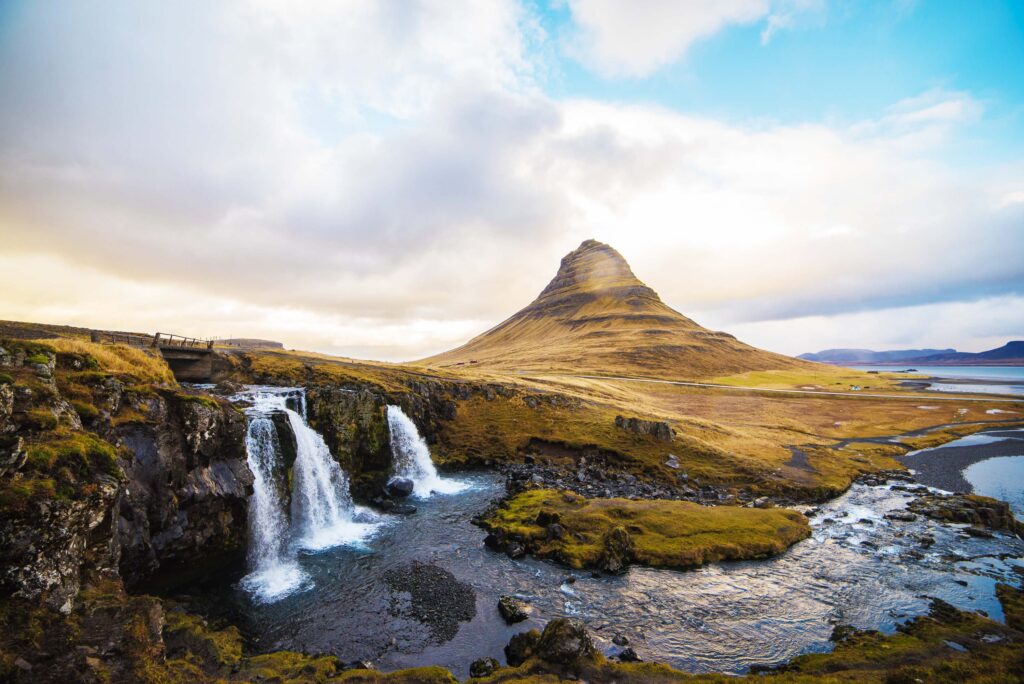 In 930 AD, the Althing, one of the world’s oldest parliaments, was established, symbolizing early forms of representative democracy, and throughout the medieval period, Iceland maintained a distinct culture and language.
In 930 AD, the Althing, one of the world’s oldest parliaments, was established, symbolizing early forms of representative democracy, and throughout the medieval period, Iceland maintained a distinct culture and language.
In 1814, it came under Danish rule and struggled for independence, gaining sovereignty in 1918 as the Kingdom of Iceland, linked with Denmark in a personal union. Full independence was achieved in 1944.
Modern Iceland thrives as a progressive nation known for its breathtaking natural landscapes, geothermal energy, and a strong emphasis on democracy and gender equality.

